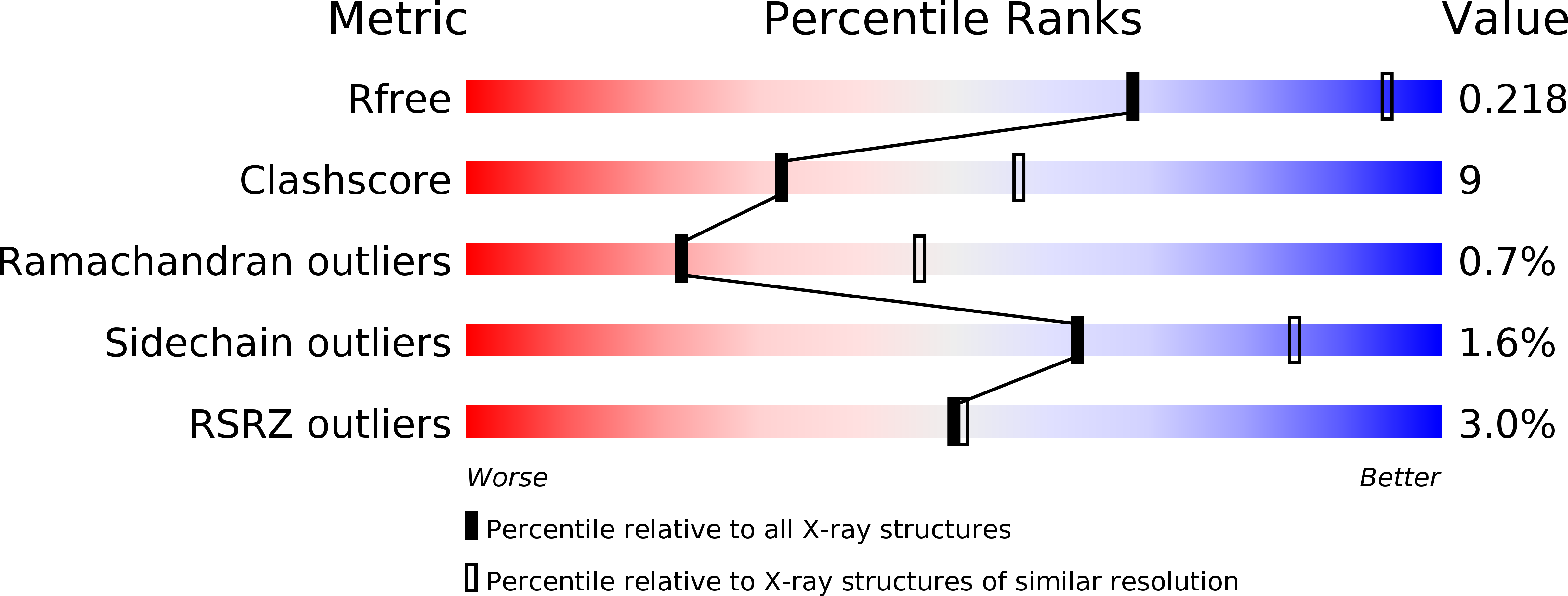
Deposition Date
2013-01-23
Release Date
2014-01-29
Last Version Date
2023-11-08
Entry Detail
PDB ID:
4IW3
Keywords:
Title:
Crystal structure of a Pseudomonas putida prolyl-4-hydroxylase (P4H) in complex with elongation factor Tu (EF-Tu)
Biological Source:
Source Organism:
Pseudomonas putida (Taxon ID: 160488)
Host Organism:
Method Details:
Experimental Method:
Resolution:
2.70 Å
R-Value Free:
0.21
R-Value Work:
0.16
R-Value Observed:
0.17
Space Group:
P 31 2 1


